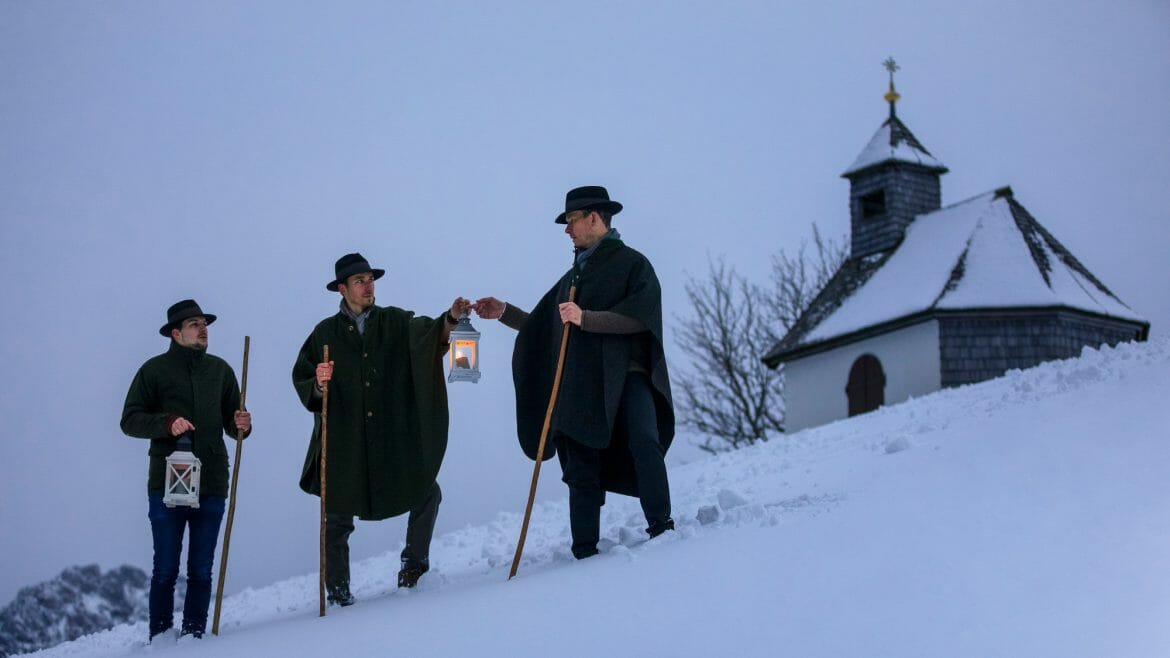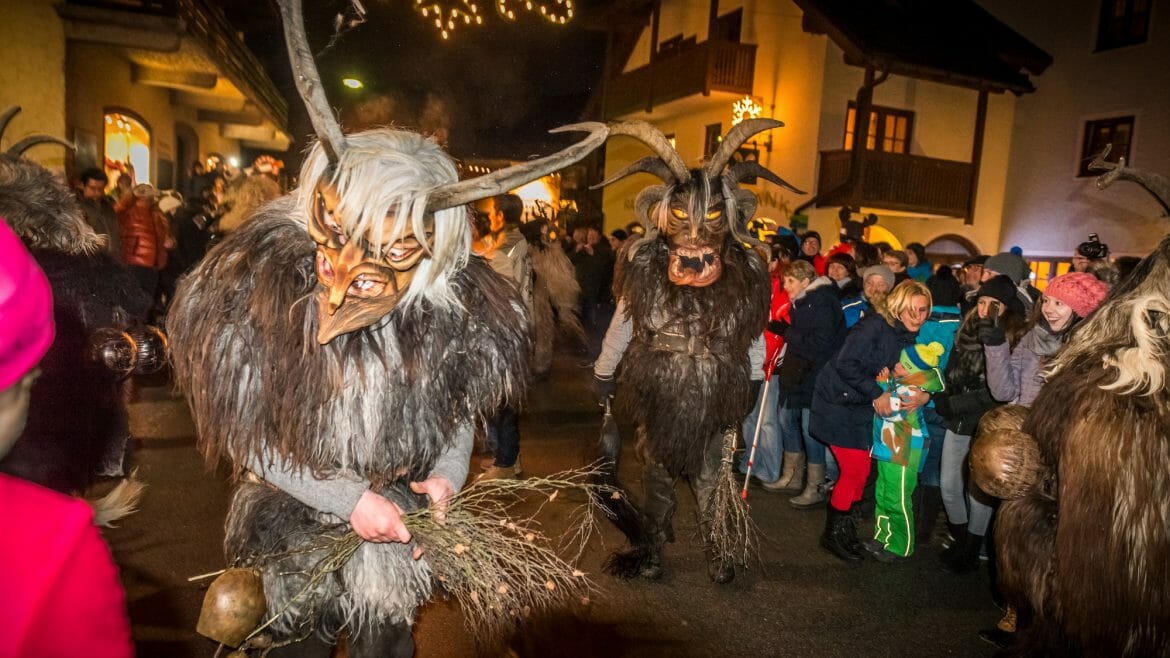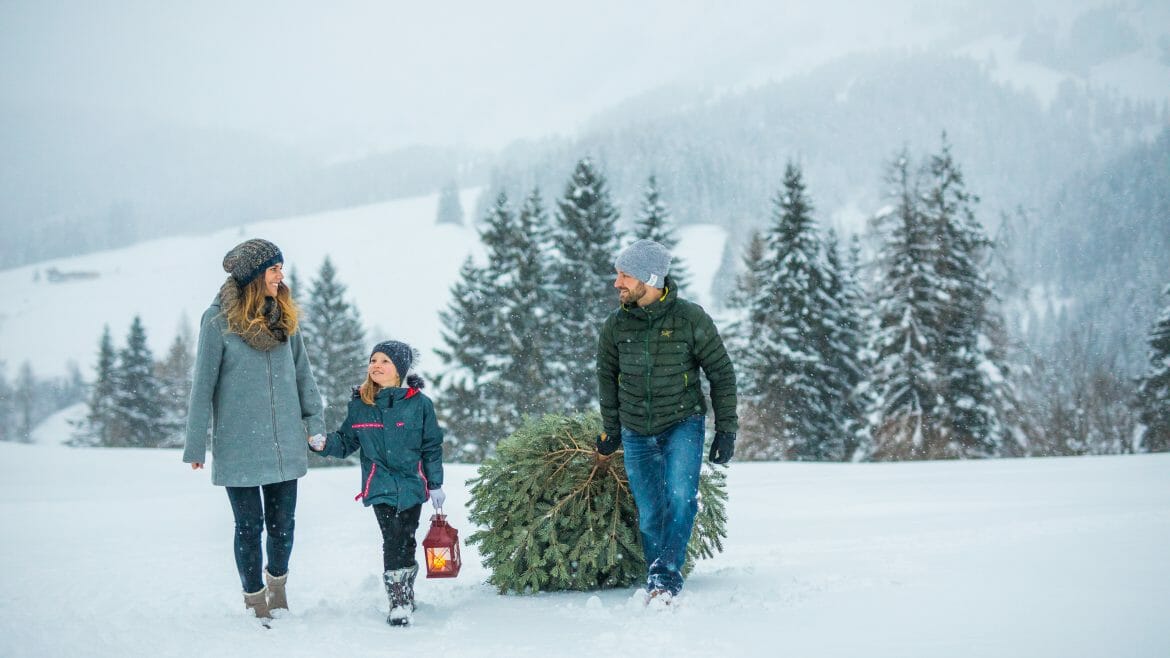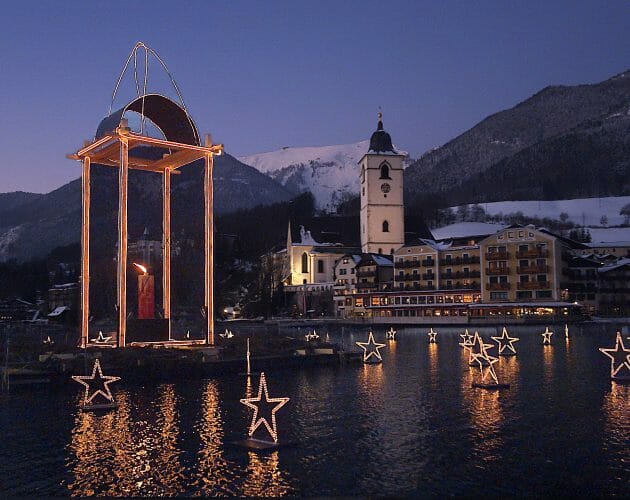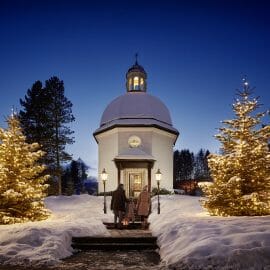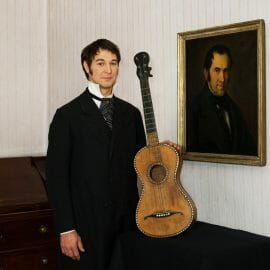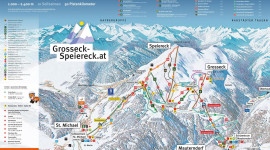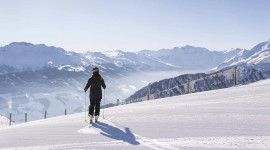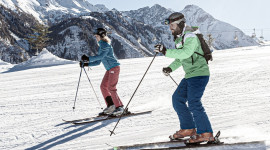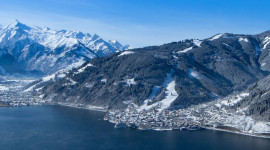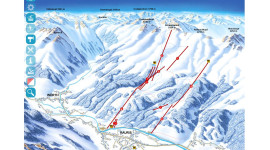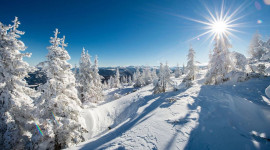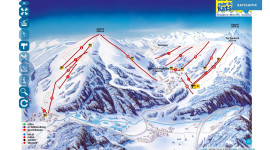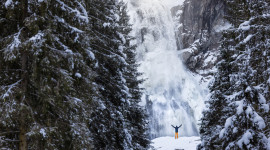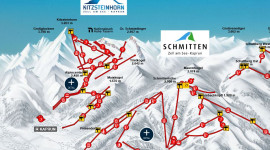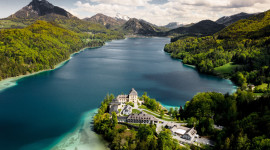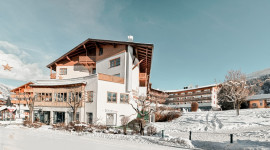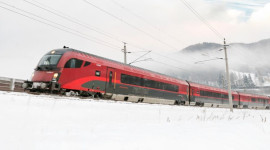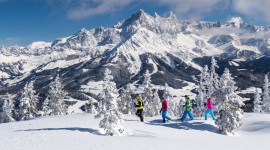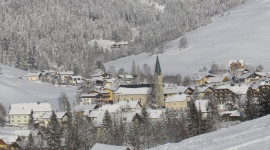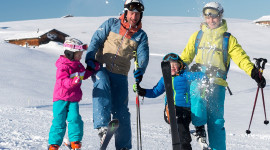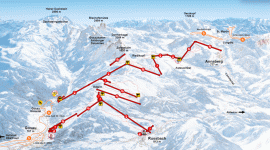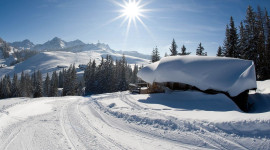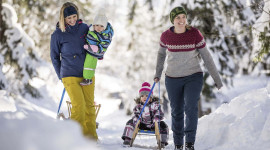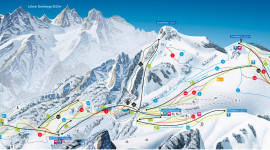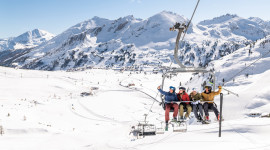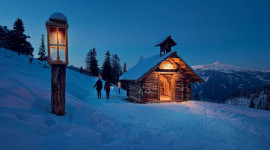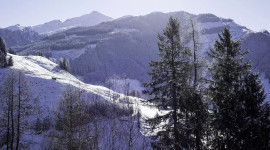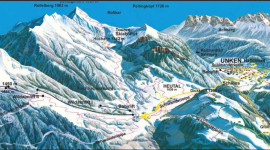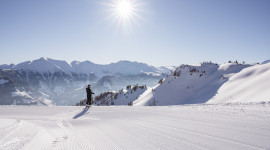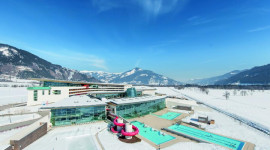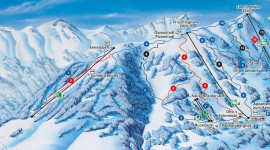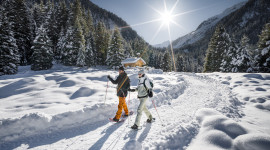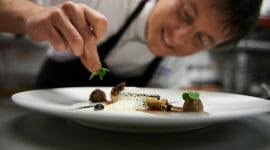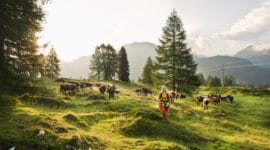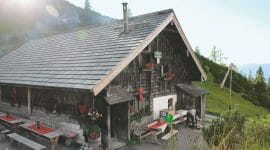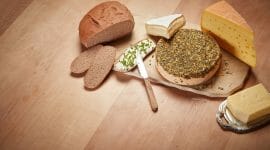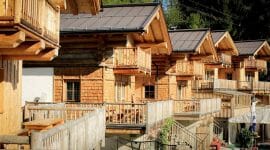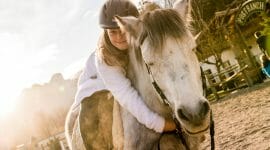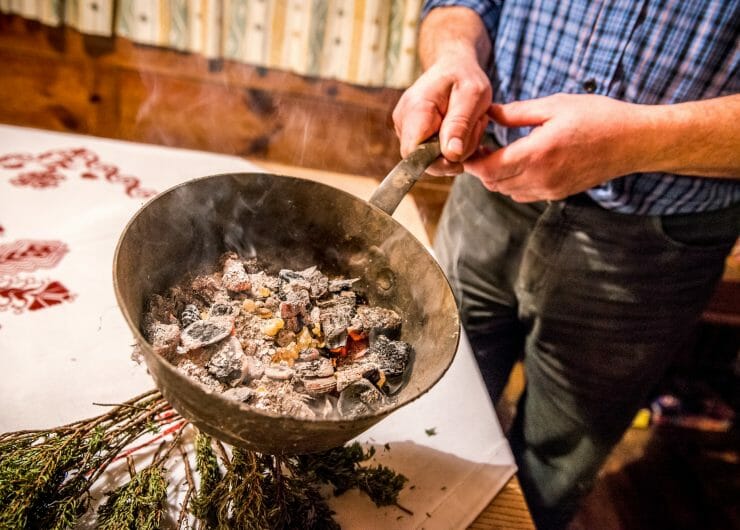
Aromatic Advent
One, then two, then three, then four… Each Sunday during Advent a candle is lit on the Advent wreath. The excitement mounts and children’s eyes light up with delight. The traditional Advent wreath is made with entwined fir tree branches, which are decorated with ribbons, scented cones, mistletoe and baubles. Four candles are placed upon the wreath and one candle is lit every Sunday during Advent. In many villages, there are workshops that you can join to learn the art of wreath making.
The air is filled with the aromas of incense and dried herbs during the Advent period. The burning of incense takes place over 12 days, but most particularly during the four nights of 21st December (St. Thomas Night), 24th December (Christmas Eve), 31st December (New Year`s Eve), and 5th January (Night of the Three Kings). These nights are said to be particularly mysterious, and many families in SalzburgerLand burn incense and dried herbs in order to keep evil spirits at bay and bless and protect the inhabitants of the house.
The “Anklöckler”
“Klöckln” is the old word for knocking, and each Thursday in the lead up to Christmas a group of people gather and go from house to house knocking on front doors offering messages of goodwill and singing carols. It is believed that the loud knocking on doors will banish evil spirits from the home. If the owner of the house presents the “Anklöckler” with small gifts, such as the Kletzenbrot fruit cake, the house will be blessed for the coming year. In the region of Pinzgau, the Anklöckler can be seen dressed as Joseph and Mary. What is a well-loved ;tradition today, was years ago a more ne
cessary task carried out by servants, as the gifts pro
vided them with food during the winter months.
“Frautragen”
This very old custom is familiar in only a few rural areas of SalzburgerLand. On the first Saturday of Advent, a painting of the Virgin Mary or statue of the Madonna, is taken from house to house. The roots of this tradition date back to the year 1780 and it is said that a visit not only brings blessings to the house, but also enhances fertility.
“Kripperlschauen”
A visit to the nativity scene is not just a pastime for children during the Advent period. The detailed replica of the birth of Christ is equally as fascinating for adults. Many families make a nativity scene, as well as a Christmas wreath, and many towns and villages have a nativity scene that is on display for the public. The Schloss Ritzen museum in Saalfelden is home to one of the largest nativity displays, the collection of crib maker Xandi Schläffer (1899 – 1984), who was famous both near and far for his artistic nativity scenes.
“Bachlschneid”
Before the family festivities begin, there is work to be finished on the farm. On 24th December, the farmer starts the annual process of sharpening all the farmhouse knives. If the job is not completed on this day, the farmer will take the knives to the local blacksmith. The Hüttschmiede Forge in Leogang dates back to 1599 and was re-opened a few years ago. Every year on the Friday before Christmas, the forge opens its gates for Bachlschneid and everyone who brings their knives to be sharpened will be offered Glühwein and Kletzenbrot.


